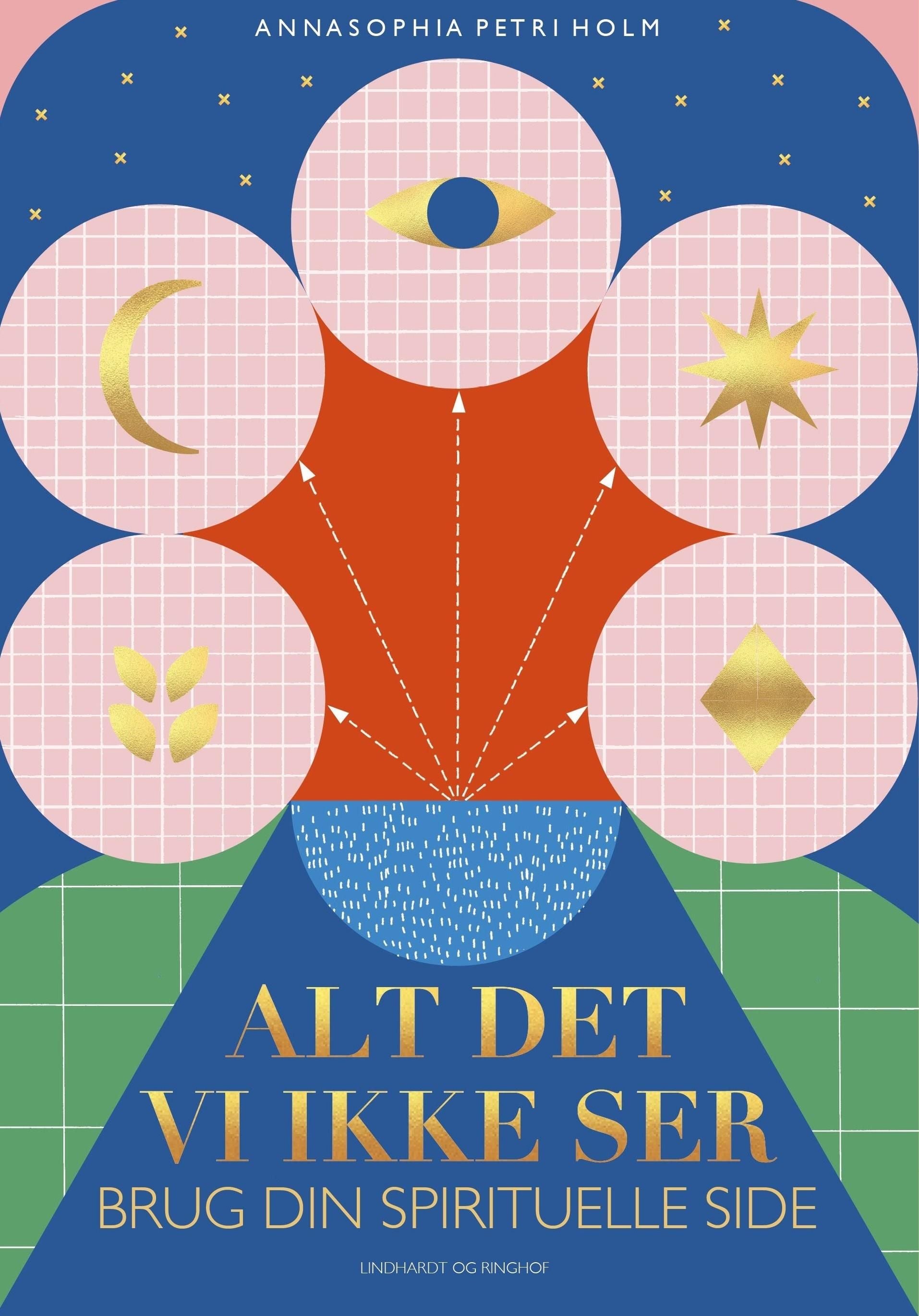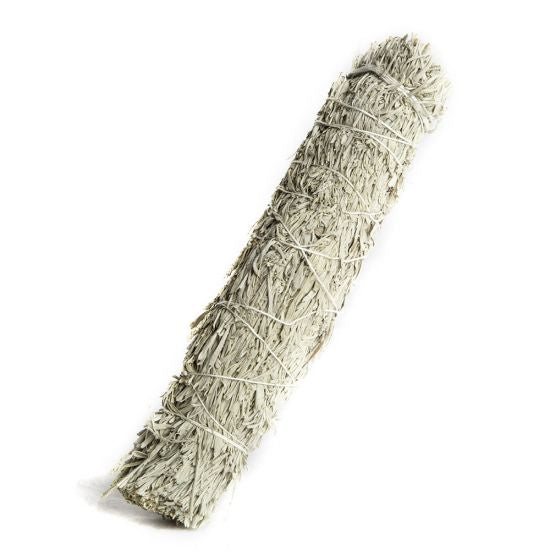Indian Runes in Pouch - Black Onyx
Tax included.
Pickup available at La Diosa Copenhagen
Usually ready in 4 hours
View store information
Rune Stones are one of true mysteries. Nobody can be truly sure exactly where they came from and when. There are many theories on the subject but it is believed by some that they were first used any time from 2000BC to 100AD by tribes such as The Goths and other Germanic Tribes. Over the following year the use of Runes Stones spread throughout Europe with tribes like the Angles and the Saxons using them in the west and the Norwegian, Danish and Swedish using them in Scandanavia (among others).
Each set of Indian runes includes 25 stones: 24 with a rune symbol and one without.
Fehu (ᚠ): Represents cattle, wealth and material prosperity. Associated with financial success and abundance.
Uruz (ᚢ): Means strength, vitality and energy. It represents endurance and overcoming challenges.
Thurisaz (ᚦ): Relates to strength, protection and endurance. It can indicate a period of transition or challenges.
Ansuz (ᚨ): Represents communication, wisdom and divine knowledge. Associated with inspiration and spiritual guidance.
Raido (ᚱ): Means travelling, journey and movement. It can represent a physical or spiritual journey.
Kenaz (ᚲ): Associated with enlightenment, creativity and transformation. Indicates a favourable time for learning.
Gebo (ᚷ): Represents partnerships, unity and equitable exchanges. Symbolises reciprocity and giving and receiving.
Wunjo (ᚹ): Is related to joy, harmony and prosperity. It indicates the fulfilment of shared desires and joys.
These are just a few examples, and the exact meaning of runes can vary according to tradition and interpretation. Many people use runes in divination practices, such as the casting of runes, to gain insights into the future or spiritual guidance. Remember that understanding the runes goes beyond the simple individual meaning of each symbol; the combination and arrangement of the runes also plays a crucial role in interpretation.







